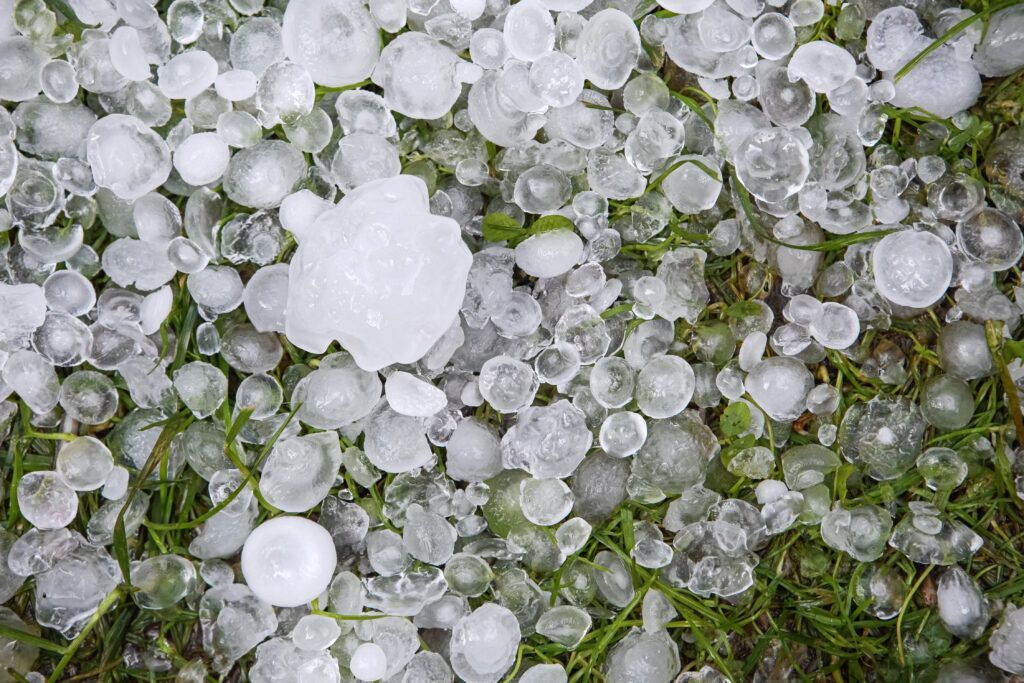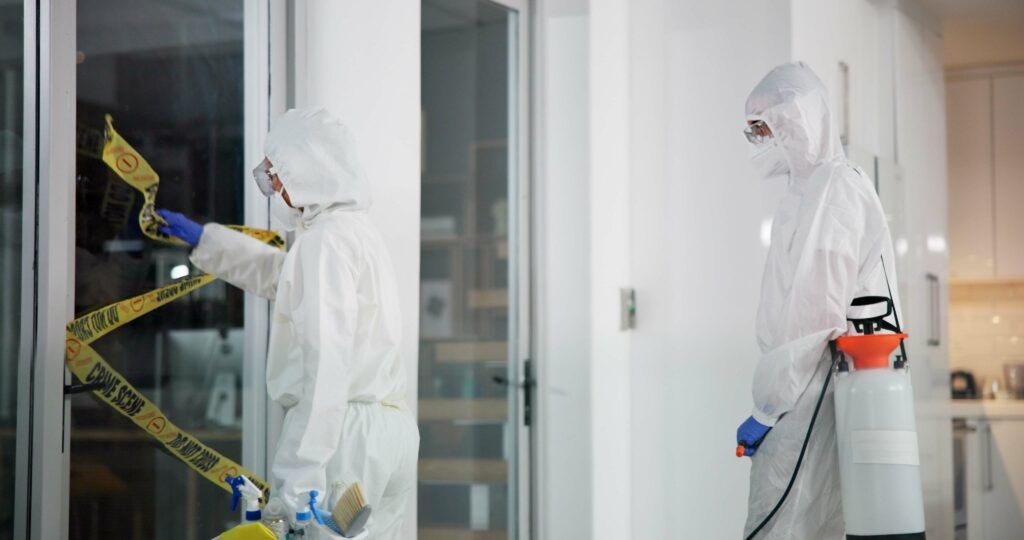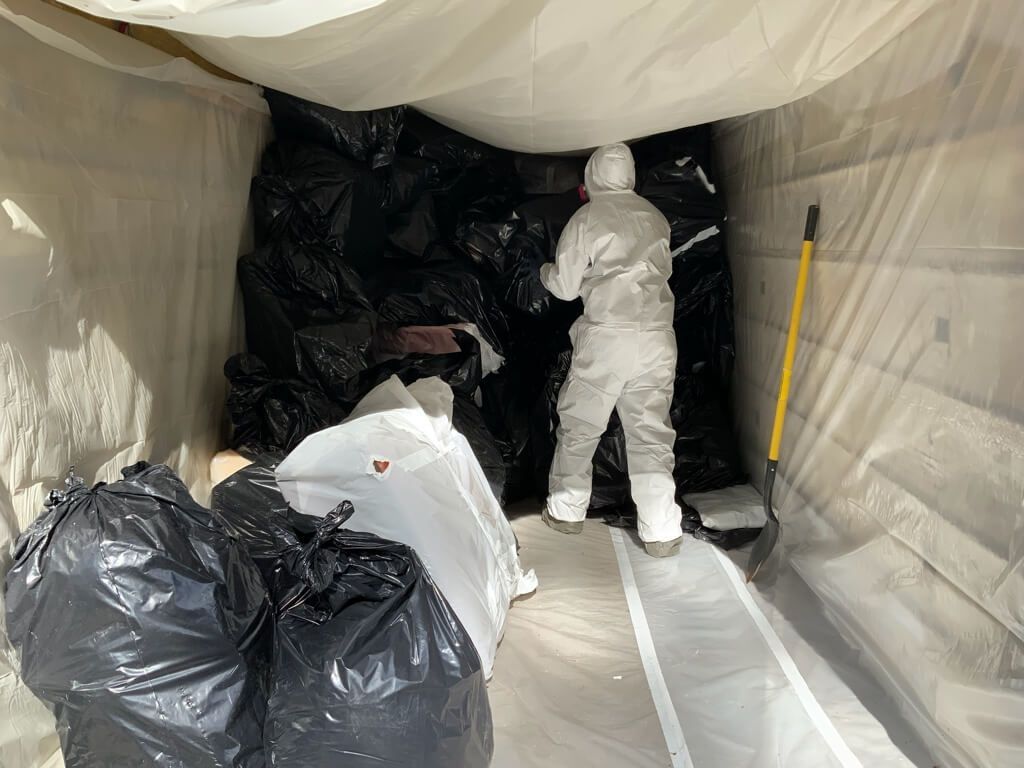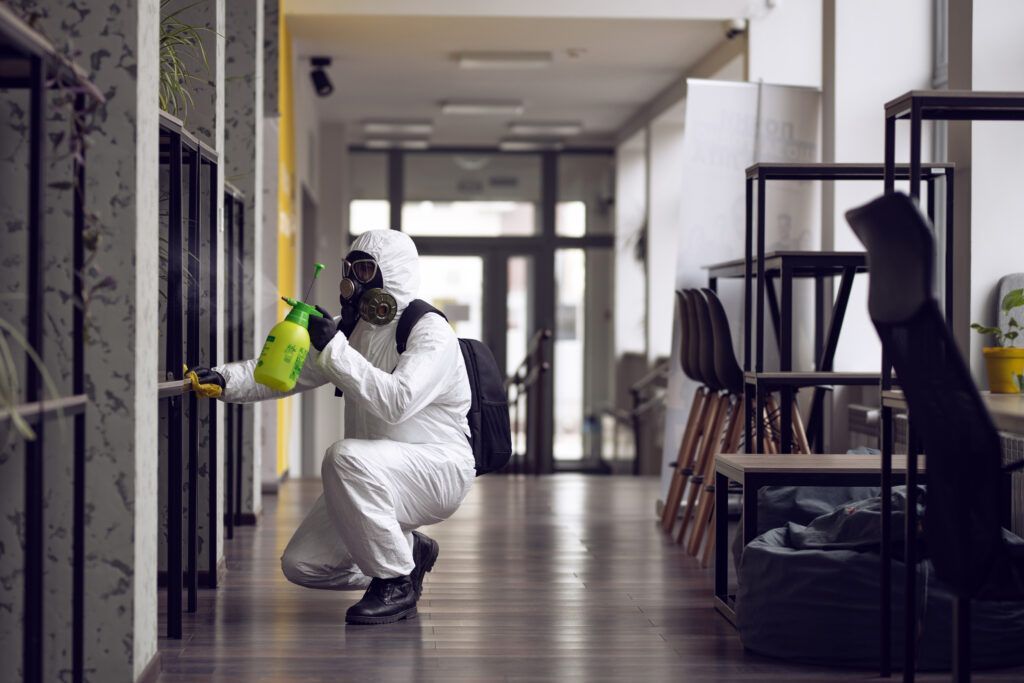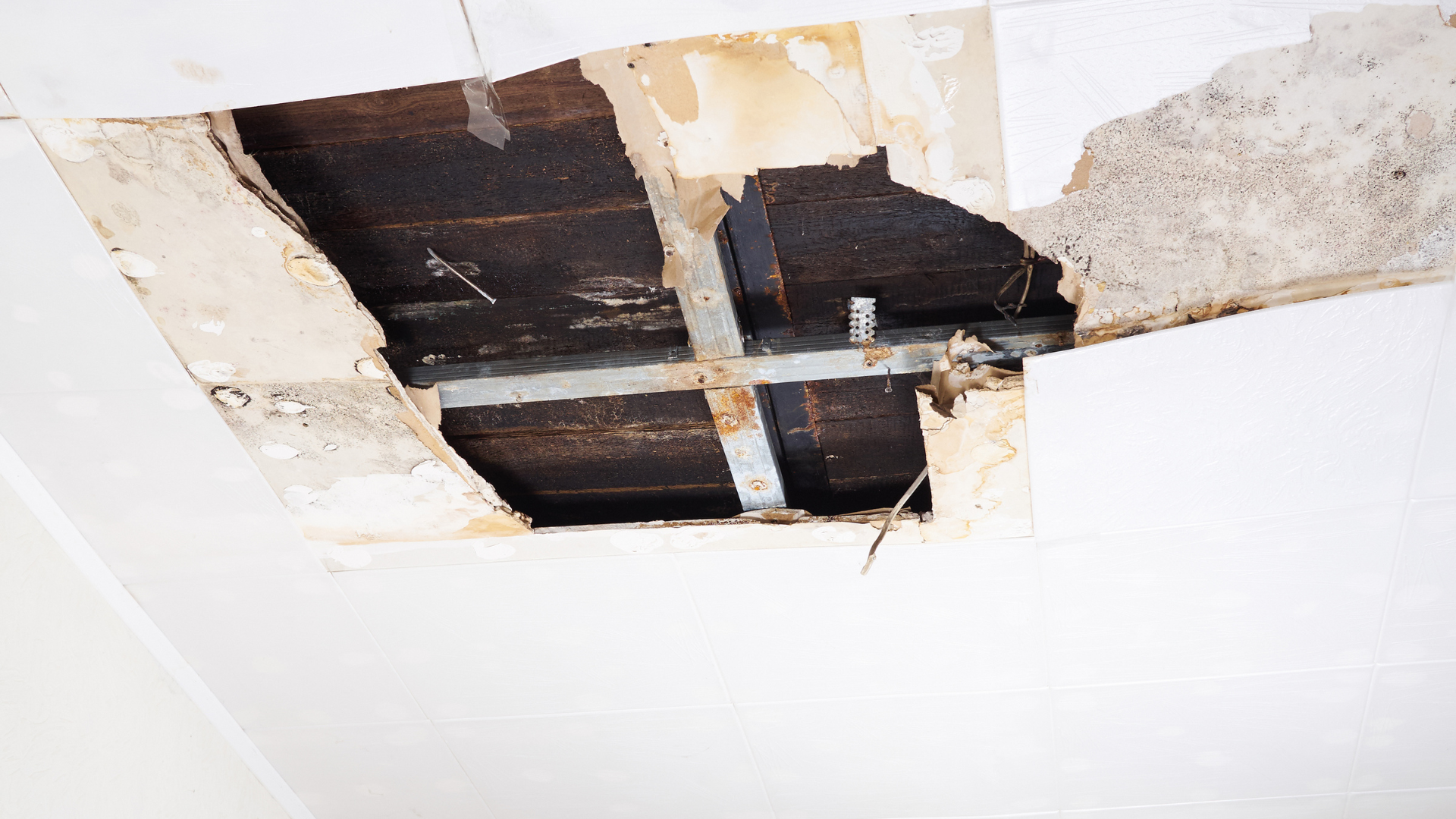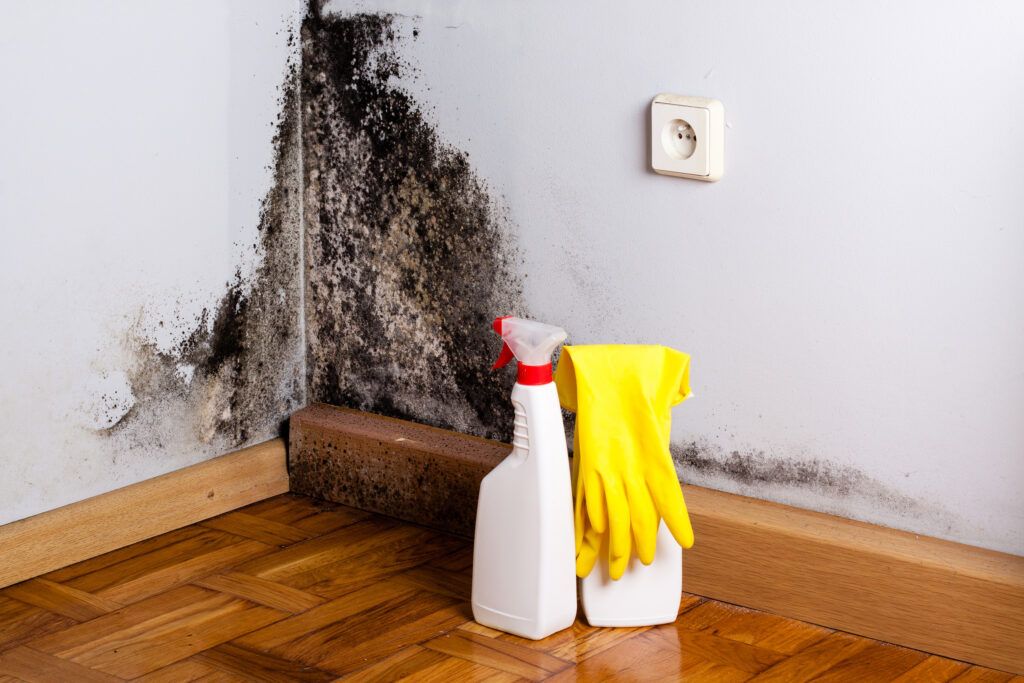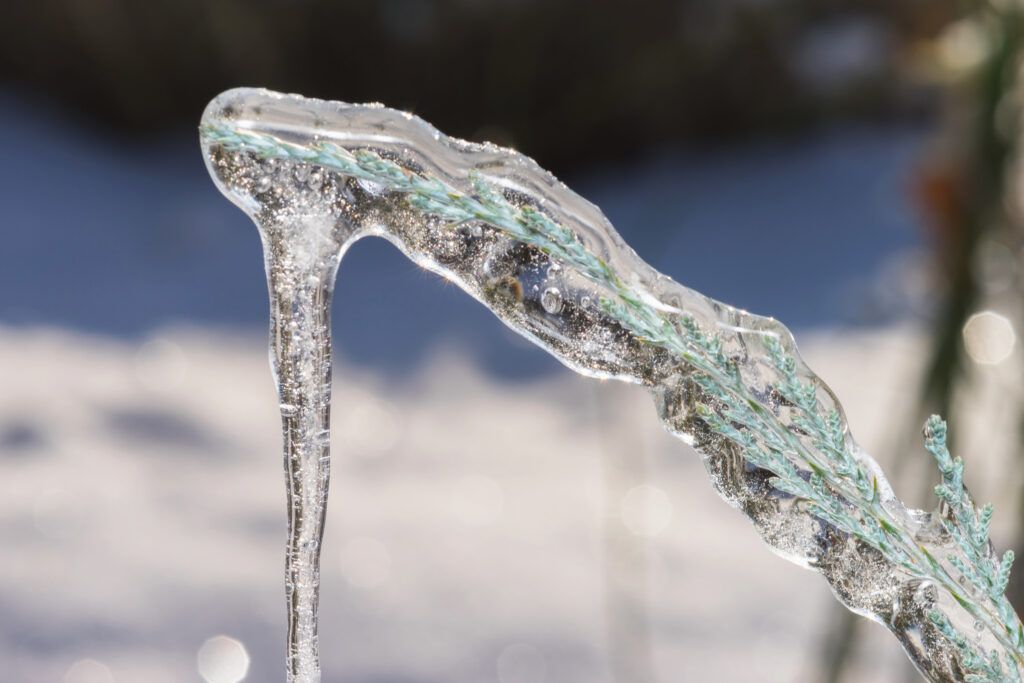How To Unfreeze, Thaw Out, & Fix Frozen Pipes
As soon as you know that your pipes are frozen, the first thing you will need to do is open the faucet, just slightly to release any built-up pressure. Next, you will want to begin close to the faucet and use hot towels, a hairdryer, a portable space heater, or a heat lamp to get the water flowing again.
Do not use an open flame for safety reasons. While it is possible to unfreeze frozen pipes yourself, especially exposed pipes, you must act quickly to ensure the frozen pipes don’t burst and cause property damage, flooding, and mold growth.
Accessing frozen pipes under your home or that are enclosed behind walls is especially difficult if you don’t have the experience and the tools. To avoid unnecessarily damaging your walls and floors and risking a burst pipe, contact a professional restoration company like HRS.
Our team of professionals can unfreeze your pipes and show you how to avoid frozen pipes in the future. When you don’t have the experience and tools, it’s anyone’s guess how long it takes to unfreeze frozen pipes. We’re here to take out the guesswork.
What Causes Pipes To Freeze
When outside temperatures dip and remain at 20 degrees or below, your pipes are at risk of freezing. The risk of frozen pipes increases if your pipes are exposed or are not properly insulated. If your home is in an area of the country that is usually warm, say Phoenix, the likelihood that your pipes are adequately insulated against cold is less than if you live in Detroit.
The age of the home will play a role in determining whether your pipes freeze. Older homes have less insulation and original pipes are made out of less frost-resistant materials such as cast iron that can break and fragment in cold weather.
If you have set your thermostat too low, you are increasing the chance your pipes will freeze if there’s a cold snap. It is better to keep the temperature more moderate to counter any sudden drops in the outside temperature.
Symptoms Of Frozen Pipes
After an extended freeze, you might wonder if your pipes have frozen or if they are likely to cause damage to your home or property. This, of course, would make one wonder what are the symptoms of frozen pipes.
There are several key indications that you may have an issue with the pipes in your home, check out the following “tells” when determining any potential damage.
Temperature
If your pipes are cold to the touch, they may be frozen. At 20 degrees or less, your home’s pipes are in danger of freezing. You will only be able to feel exposed pipes so it’s difficult to know whether enclosed pipes are frozen until you see other symptoms such as those described below.
Frost On Pipes
Another sign of how to tell if your pipes are frozen is if you can see frost or a coating of condensation on your pipes. This is most likely because the inside of the pipe has frozen in that section. Frosty or condensation-covered pipes occur most often under flooring, in the basement, or in pipes located in an exterior wall.
No Water Is Coming Out Of Faucet
As you go through your daily routine of brushing your teeth, washing your hands and using water to boil in your kitchen and find that barely any water or no water is making it through, this is a sign your pipes have frozen. This happens when water is unable to flow through your pipes. You will also hear a suction sound when you turn on your faucet when the pipes are frozen.
Strange Smells
If your sewer line has frozen, sewage is unable to make it through your pipes and the smell will have nowhere to go except back up your pipes and into your home where you can smell it. A sewage smell is particularly noxious and is an unmistakable sign that your pipes have frozen.
Bulging Pipes
As water freezes, it expands and that resulting expansion has the ability to make your pipes bulge and even fracture depending on their current state and composition. Other than frozen pipes, there is little else that can cause pipes to bulge.
Dangers Of Frozen Pipes
The danger from pipes freezing in a house occurs when the pipe bursts. Sewage and wastewater can damage floors and walls and the noxious chemicals in sewage are unhealthy for your respiratory system and can carry disease.
In addition, whenever you have an excess of water, it is likely that mold and mildew will quickly develop. Mold exposure can lead to respiratory issues and increase symptoms in people with pre-existing conditions.
When household items become waterlogged, they are often beyond repair and your costs to replace these items may be high.
How To Unfreeze Frozen Exposed Pipes
Not everyone knows how to unfreeze pipes in a house. Once you notice your pipes are frozen, you can take steps to lessen the chances that they’ll burst by employing a few steps. If you act quickly, you may be able to prevent a potentially disastrous pipe break.
Use A Hair Dryer
If you can get close to the area of your pipe that is frozen, apply the heat from a source like a hairdryer. This concentrated heat source may be able to sufficiently warm the area and unfreeze your pipes.
Strategically Place Heat Lamps Or Space Heaters
Secondly, if you have a heat lamp or a space heater and there is no standing water, use one of these devices to unfreeze pipes in a house. If the pipe is already beginning to leak, do not use either a heat lamp or a space heater and use the next option described below.
Wrap Pipes In Hot Towels.
If you do not have access to any other tools, or in addition to those tools described above, wrap towels that have been dipped in hot water around the pipe. This is how to thaw frozen pipes without equipment.
How To Unfreeze Enclosed Pipes
The question of what to do about frozen pipes becomes more complicated when they are enclosed. How to fix frozen pipes becomes a matter of how to access the pipes. You may be able to unfreeze enclosed pipes with the turn of a switch, an infrared lamp, or as a last resort, cutting into your walls.
Turn On Your Furnace
When you know how to prevent frozen pipes, you can avoid a potential disaster. A super simple way to unfreeze them once it happens is to turn up your thermostat and slowly warm your home. A few degrees can make a big difference and hopefully, unfreeze your pipes.
Use An Infrared Lamp
When you use an infrared lamp, keep in mind to use it in 10-15 minute sessions and to keep it about two feet away from the pipe. This will be the most efficient and safe way to use an infrared lamp to unfreeze your pipes.
Consider Cutting Out A Section Of the Wall
If none of your other methods appear to be unfreezing your pipes, you may need to cut into your wall to access the pipes. If you have to make a choice between burst pipes in your wall and structural damage and cutting into your wall, creating an access point may be the better and less expensive option.
How To Prevent Frozen Pipes
Knowing how to prevent frozen pipes will help you avoid structural and water damage that can result when that ticking time bomb, a frozen pipe, bursts. You can take preventative measures such as insulation, always closing your garage door, airing out your under sink plumbing, allowing faucets to drip in case of an impending cold snap, and keeping your hands off your thermostat.
If your home is older and you live in a cold climate, get out your caulk gun, leave your heat on when you’re away and keep a constant flow of air throughout your home.
Insulate The Pipes
If your home is older, you may need to insulate or replace insulation around your pipes. The easiest way to do this is first on exposed pipes in basements, crawl spaces and underneath sinks. You can use rubber or foam material from your local home improvement store.
Keep Garage Doors Closed
Anytime you allow the cold outside air to come closer to the interior of your home, you risk frozen pipes. Always keeping your garage door closed is a small step to avoid a bigger problem later. Ensure there are no gaps around your garage door where cold air is allowed in.
Open Cabinets
When the weather outside is frightful, open up the cabinets underneath your sink. This will allow the heat in your home to keep the exposed pipes at a temperature well above freezing.
Let Faucets Drip
We’re not encouraging you to keep your faucet running and risk a flood, but letting a small amount of water trickle out lessens the chances of your pipes freezing.
Keep Thermostat Consistent
Refrain from cranking up the heat while at home and setting it too low while you’re away. This kind of wild temperature swing, especially when combined with the wacky weather outside, will contribute to frozen pipes. We advise you to keep your home’s temperature consistent to best prevent this from happening.
Seal Cracks & Openings
Sealing up cracks and openings around doors and windows can go a long way to keep subfreezing weather outside from bringing down your household temperature. This is also a relatively inexpensive prevention measure as compared to reinsulating your home.
Leave The Heat On
When you leave your home for an extended period of time, leave the heat on. Saving a few dollars is not enough of a reason to tempt Old Man Winter into freezing your home’s pipes. Create a buffer between winter weather outside and your home’s pipes by keeping the heat on even when you’re outside your home for an extended period.
Open Interior Doors
Opening the interior doors in your home allows heat from your vents to reach areas that could be more susceptible to your pipes freezing. Even if a vent in one of your rooms is closed, keeping the interior doors open can help keep the temperature above freezing.
Seal Crawl Spaces
Sealing crawl spaces is a relatively low-cost way to ensure that pipes in this area do not freeze. Ensure you can still access the area and keep the cold temperatures outside.
Use Heating Tape
Apply electrical heating tape around your exposed pipes to help them retain heat. This step is recommended for pipes in unheated or exterior locations, like crawl spaces, attics, and basements.
There are two different kinds of heating tape you can use — self-monitoring and manual. If you want to set it and forget it, use the self-monitoring and no matter which option you choose, read the directions to ensure installation is done in a safe manner.
What To Do If A Pipe Bursts
If a pipe bursts in your home, you need to shut off the main water valve in your home to prevent a destructive flood that could result in costly repairs and replacements. Secondly, drain any water remaining in the pipes and take any measure you can to stop the spread of water.
Mold and mildew can develop in as quickly as 24 hours and can lead to a host of undesirable symptoms such as sneezing, red eyes, rashes, and difficulty breathing. If you are not equipped to do all of these repairs and cleanup, call our Denver water damage restoration experts ASAP.
When To Call Professional Help
If you do not have the proper equipment, knowledge of where the frozen pipe is or how to unfreeze it, or it’s already burst – it’s time to call the professionals at HRS Restoration Services.
Our team can locate the clogged pipe, unfreeze it and prevent a major water damage incident. If the pipe has already burst, our Denver water damage restoration experts can help remove the water and repair the damage it caused.
